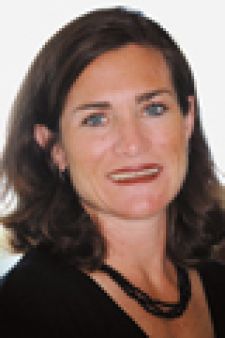
Evolution’s rules are simple: Creatures that adapt to threats and master the evolutionary game thrive; those that don’t, become extinct.
While radiology is nowhere near extinction, radiologists do need to respond to the tell tale signs of evolution. Signs may not appear in flashing neon lights, but are more subtlety manifested in arguments over who owns cardiac imaging and complaints about specialists trying to read imaging exams.
These unresolved issues conjure up questions like: Will radiologists continue to be the masters of imaging? With digital imaging becoming so accessible to other physicians, how can radiologists maintain their position as the primary authoritative interpreter of patient images and data? And, how will radiologists control new clinical imaging applications in the future?
It’s time to quiet the complaints and seek solutions. In this issue of ITN, the article, Adaptable or Endangered: Radiology Redefines its Destiny, offers several practical solutions to these questions. The authors argue that the future of radiology is strongly dependent upon the ability of radiologists to add new value to their service. To do this, radiologists ought to start by making changes to workflow in order to optimize service to referring physicians and better utilize information from referring physicians. They should initiate bidirectional communication between specialists and referring physicians and become consultants, helping other clinicians to determine which tests are appropriate. As diagnosing disease at the molecular level becomes more prevalent, nuclear medicine must enter the fray of mainstream radiology. Plus, radiologists need to continue to drive clinical trials across imaging-related areas, including cardiology and orthopedics, so that they can establish protocols and control over new clinical applications.
Like biological evolution, the field of radiology will continue to face change. Whether disruptive technologies overturn the status quo or sustaining ones cause incremental adjustments, the solution is the always the same – adapt or risk dying out.
